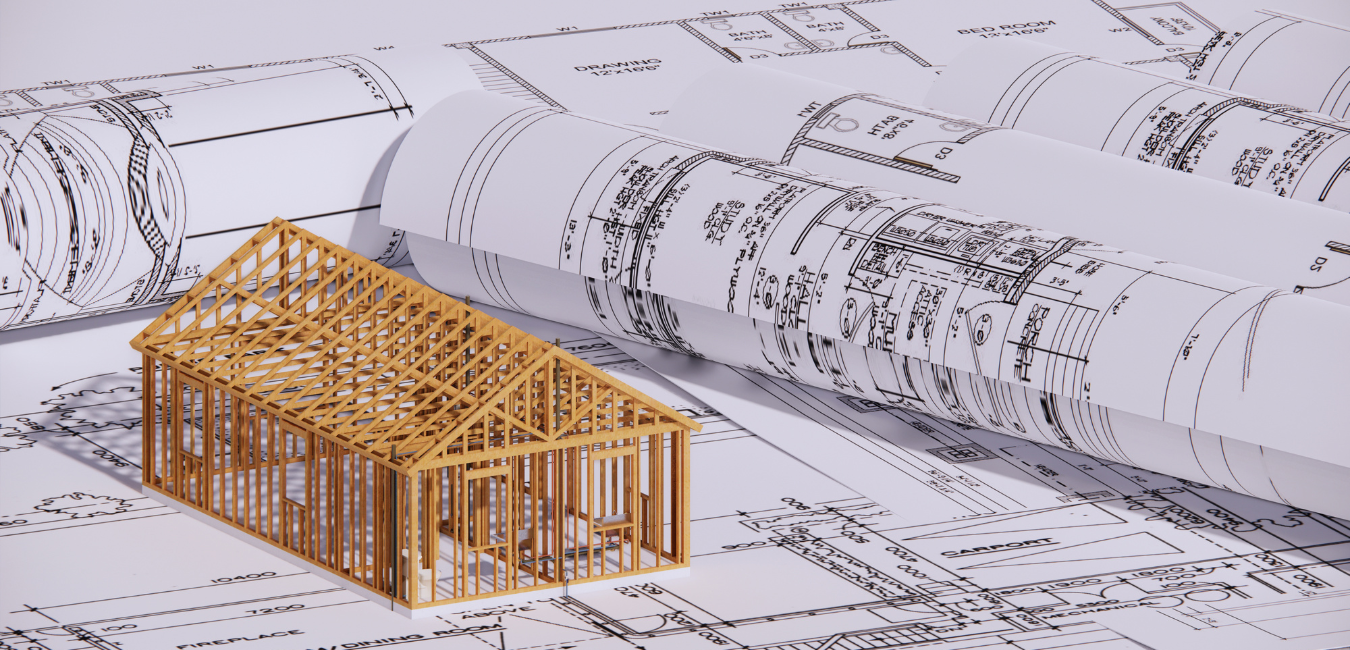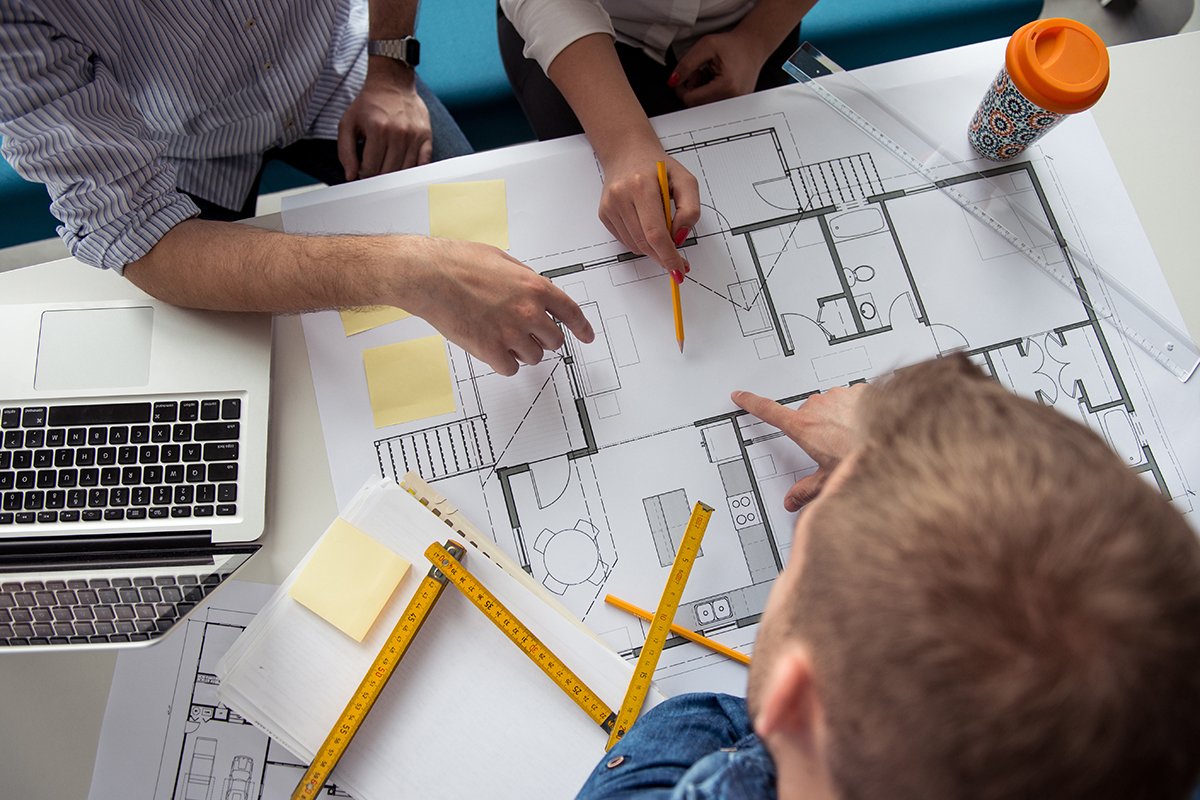A Comprehensive Review of Architectural Styles and Their Influence on Modern City Preparation and Development
Building styles have actually long offered as a mirror to the societal worths and technical improvements of their time, playing a crucial role in shaping modern city planning and development. From the magnificence of Neoclassicism to the practical strategy of Brutalism, each design has actually presented special concepts that affect metropolitan appearances and capability.
Historic Overview of Building Designs
Throughout background, building designs have actually evolved in reaction to social, technological, and ecological elements. Each period reflects the prevailing values, ideas, and advancements of its time, leading to an abundant tapestry of layout that indicates human imagination and adaptation. The old civilizations, such as the Egyptians and Greeks, established fundamental styles that highlighted balance and percentage, offering both functional and visual purposes.
As cultures transitioned through the Center Ages, Gothic architecture arised, defined by its verticality and elaborate describing, matching the spiritual goals of the era. The Renaissance marked a revival of classical perfects, merging art and style in cutting-edge manner ins which affected succeeding designs throughout Europe.
The Industrial Revolution introduced new materials and building strategies, triggering motions like Innovation, which tested traditional kinds and embraced simplicity and capability. The 20th century saw a diversity of styles, with Postmodernism reacting versus the stark minimalism of its predecessor, including historical references and diverse elements.
Today, building styles remain to advance, driven by globalization and sustainability problems, mirroring a vibrant interaction between heritage and innovation. This historical introduction underscores the value of design as a mirror of social evolution and as a stimulant for city growth.
Secret Architectural Styles Explained
The diversity of building styles mirrors the myriad influences that form our constructed atmosphere, each symbolizing distinctive qualities and cultural importances. Secret architectural styles consist of Timeless, Gothic, Baroque, Modernism, and Postmodernism, each standing for special historic contexts and aesthetic viewpoints.
Timeless style, rooted in ancient Greece and Rome, emphasizes proportion, proportion, and using columns. On the other hand, Gothic style, flourishing between Ages, is identified by sharp arcs, ribbed vaults, and flying buttresses, creating an angelic quality in sanctuaries. Baroque architecture, arising in the 17th century, is marked by magnificence, intricate ornamentation, and a dynamic interplay of light and shadow.

Comprehending these styles offers understanding into the cultural stories and technological improvements of their corresponding eras, highlighting exactly how architecture serves not equally as a shelter, but as a representation of societal worths and goals.
Influence On Urban Planning
In forming the growth of cities, architectural styles dramatically affect urban planning decisions. The option of building design frequently dictates the aesthetics, performance, and overall personality of city settings. For instance, innovation, with its focus on minimalism and performance, urges open areas and the assimilation of innovation, forming city formats that prioritize performance and ease of access. On the other hand, traditional designs might emphasize historic preservation, resulting in city styles that maintain social heritage and promote pedestrian-friendly environments.
Moreover, official statement architectural designs can affect zoning guidelines and land use policies. Urban planners must take into consideration the prevailing architectural trends when creating areas, making certain that brand-new developments integrate with existing frameworks. This consideration fosters important link cohesive city landscapes and enhances community identity.
The execution of particular architectural styles can additionally affect socioeconomic factors within a city. Premium modern designs might attract wealthy citizens and organizations, leading to gentrification, while a lot more economical housing remedies may prioritize sensible and lasting designs to fit varied populaces. Ultimately, the interplay in between building designs and metropolitan planning develops vibrant cities that show both historic context and modern needs, forming the lived experiences of their inhabitants.
Sustainability and Modern Architecture
Architectural designs play a pivotal duty in dealing with contemporary obstacles, particularly in the world of sustainability. As urban areas expand and environmental concerns magnify, contemporary style significantly embraces sustainable style concepts that focus on power efficiency, source preservation, and marginal eco-friendly effect.
Contemporary architectural motions, such as biophilic layout and environment-friendly architecture, advocate for structures that harmonize with their environments, utilizing all-natural materials and advertising biodiversity - cda architects. These designs typically include sustainable power resources, such as photovoltaic panels and wind turbines, to lower dependence on fossil fuels and reduced carbon impacts
Moreover, the integration of innovative innovations, such as smart structure systems, enhances energy administration, optimizing source usage while making certain occupant convenience. Ingenious water administration techniques, including rain harvesting and greywater recycling, more add to sustainable urban atmospheres.
Notably, sustainability extends past environmental concerns; it encompasses social and financial dimensions as well. By fostering community wellness and advertising inclusivity, contemporary building designs line up with lasting development objectives. The evolution of architectural methods continues to shape official statement resistant cities that not only meet the demands of the existing however also safeguard the future for generations to come.
Neighborhood Interaction in Style
Community involvement in design works as a vital bridge between architects and the populaces they serve, guaranteeing that the constructed atmosphere shows the needs and ambitions of its individuals. This collective process invites area participants to add their understandings and preferences, cultivating a sense of ownership and responsibility toward the areas they populate.
Efficient community engagement employs different approaches, such as workshops, studies, and public discussion forums, to gather varied viewpoints (cda architects). These strategies help with a two-way discussion, allowing engineers to recognize regional contexts while equipping homeowners to voice their problems and desires. This inclusivity not only improves the design high quality however likewise promotes social equity by attending to the special difficulties dealt with by marginalized teams

Verdict
Architectural styles have profoundly influenced contemporary city preparation and advancement, reflecting developing cultural and technical contexts. The integration of historical visual appeals with modern demands fosters city environments that focus on sustainability and community involvement. As cities continue to expand and adapt, the recurring discussion in between building heritage and modern design concepts will certainly remain essential in developing comprehensive, vivid rooms that boost lifestyle and promote social equity. The future of metropolitan development rest on this harmonious balance.
Comments on “Exactly How CDA Architects Combine Creative Thinking and Capability in Modern Architecture”